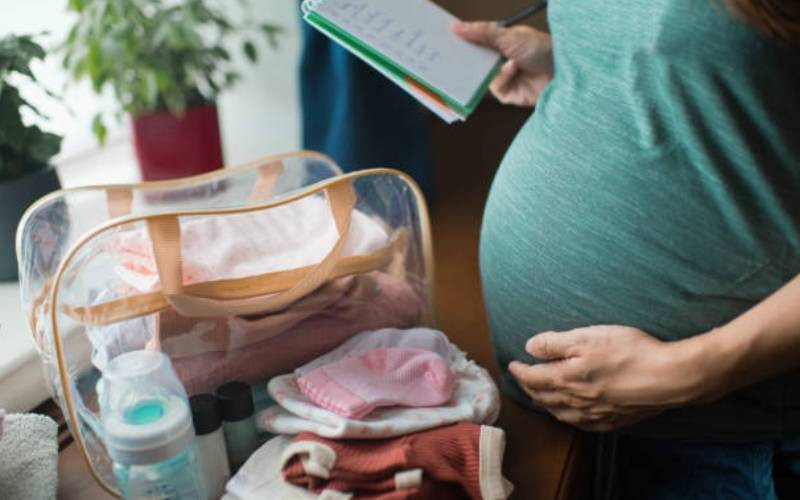
Few women think about the details of childbirth until they become pregnant themselves. Then, as the months tick away, they think of little else. Suddenly they take a morbid interest in the labours of friends, relatives-even total strangers.
They hear scary stories about babies being born on the floor or getting stuck at a crucial point of labour. Then there are the embarrassing bits- how do you control your bowels and bladder during labour? And surely the whole sweaty process is just so undignified.
So here are the top most common fears that you were afraid to ask anyone about, and how to cope with them!
“I won’t know I’m in labour”
You can’t imagine how labour is going to feel, so you may be worried you’ll miss the warning signs and end up giving birth on the floor at home!
But as a first labour lasts for an average 12 hours, the likelihood of suspecting nothing for the entire time is slim indeed. And if you don’t notice at all, you should count yourself very lucky! in most women, labour is preceded by backache or by “period” pains in the lower abdomen.
By the time these pains are about five minutes apart and it’s time to go into hospital, you’ll almost certainly feel them. Your waters may break, too, and it’s hard to miss the steady seep of amniotic fluid!
“Will my waters break in public”
At the end of pregnancy you’ll be carrying about a litre of amniotic fluid, so the thought of expelling it all suddenly is horrific. However, not everyone’s waters break before labour begins-and if they do, the baby’s head is usually well down in the pelvis, so the fluid escapes in a trickle rather than a gush.
“The baby will get stuck”
If you are slightly built, with slim hips, it’s only natural to feel alarmed when looking at the enormous babies of friends and imagining giving birth to one of a similar size.
But childbearing hips aren’t necessary-it’s the size of your pelvis that counts. And clever Mother Nature ensures that most women have babies who fit their size.
In the middle unlikely event of the baby’s head being too big or in the wrong position for an easy labour, your body will sort the problem out itself with a few strong contractions, or you’ll be given a caesarean section.
“I’ll squash the baby by pushing”
Looking at your own body and the average baby’s head, you might think that childbirth presents a few logistical problems. How can you be expected to push the baby out without damaging either her or yourself?
But don’t worry,the birth canal enlarges during late pregnancy, so a baby’s head can pass through with no injury on either side. And the cervix dilates to 10cm before you start to push-allowing the baby’s head (9.5 cm on average) to pass through it. The bones of the baby’s skull are also soft and flexible, which helps it adjust to the narrow passage.
As for you, a tear is a possibility but stitches are almost routine and you’ll heal in a week or two.
What to do
Push or pant only when the midwife tells you to. The baby is unlikely to be harmed if you forget but a controlled labour could prevent you from tearing.
“I don’t want an episiotomy”
The thought of being cut in the delicate area of the perineum is worrying, but it sounds more alarming than it is. Midwives avoid episiotomies where possible, but in the case of a forceps or breech delivery, or if you have to push for a long time you’ll probably need one.
Few women feel much pain at the time as the tissues are already stretched and numbed by the birth process, and a local anaesthetic can be given to relieve the area.
What to do
Swimming, walking and pelvic floor exercises during the last months or pregnancy can improve your perineal muscle tone and avert the need for an episiotomy. If you do need one, just remember that it makes the baby’s exit easier and can stop you tearing.
 The Standard Group Plc is a multi-media organization with investments in media platforms spanning newspaper print
operations, television, radio broadcasting, digital and online services. The Standard Group is recognized as a
leading multi-media house in Kenya with a key influence in matters of national and international interest.
The Standard Group Plc is a multi-media organization with investments in media platforms spanning newspaper print
operations, television, radio broadcasting, digital and online services. The Standard Group is recognized as a
leading multi-media house in Kenya with a key influence in matters of national and international interest.







